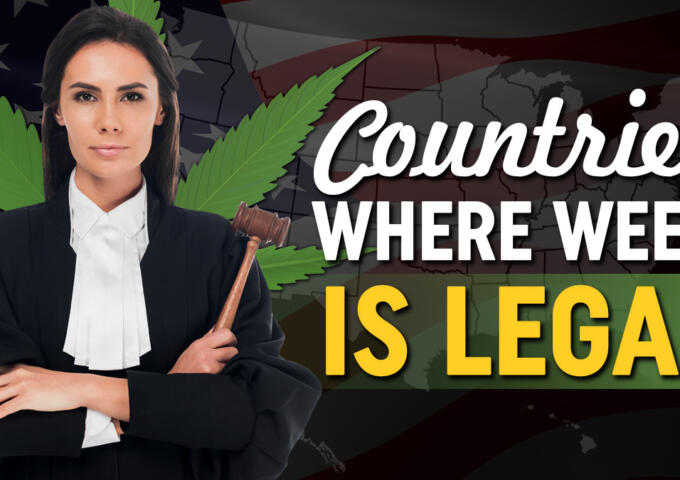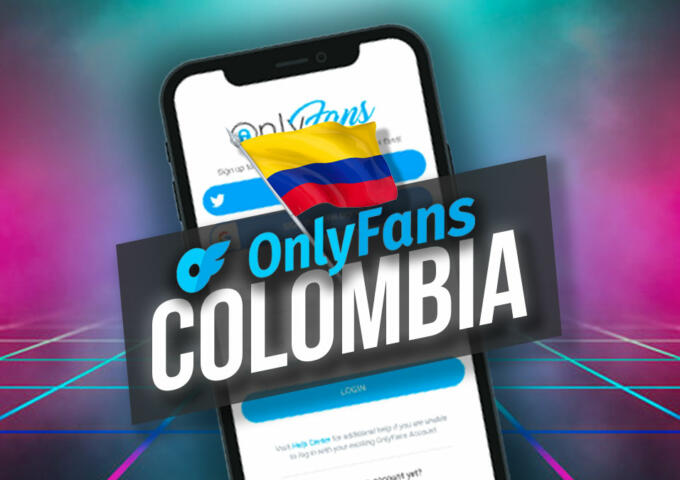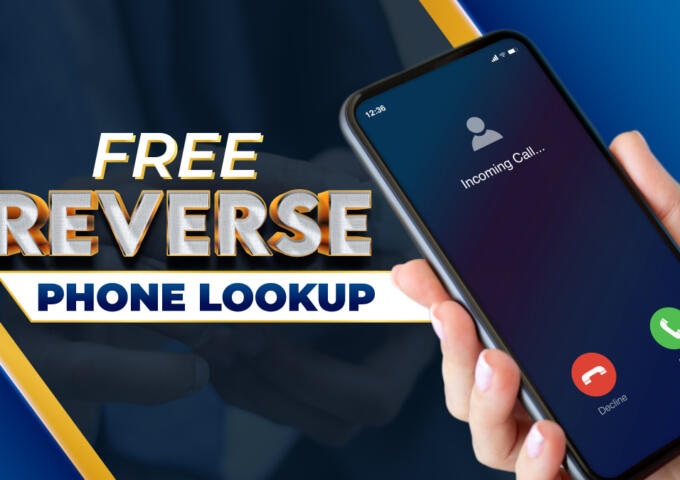If you’ve been online recently—particularly on Facebook—you’ve seen a new flavor of headline turn up on viral videos, teasing you with how sorry you’d be to miss the OMG amazingly inspirational YouTube clip that lies just the other side of that click. Headlines like “9 Out of 10 Americans Are Wrong About This Mind-Blowing Fact,” or “Bully Calls News Anchor Fat, News Anchor Destroys Him on Live TV”—these links are circulating through your social feed courtesy of Upworthy, a new media operation devoted to spotlighting the most “meaningful” content the Internet has to offer. In June, Fast Company dubbed Upworthy the fastest-growing media site of all time; we’re all clicking its links, even as we sometimes roll our eyes at the formulaic excitement of its exclamations. So who’s behind it? A team of former execs and staffers from The Onion and MoveOn.org—including Upworthy’s editorial director, Sara Critchfield, who’s a graduate of both Drexel and Penn. This week, PW asks the Philly expatriate to share some thoughts on Upworthy’s success and its implications for the next generation of media trends.
PW: It’s just about two years now since Upworthy launched. How did you come to lead the editorial team?
SARA CRITCHFIELD: Well, I had been working in the nonprofit sector since 2003. In 2011, I answered an ad from MoveOn.org that was calling for interns to work on “a magazine for the Facebook era.” I already had a full-time job, but thought that would be a pretty interesting side gig. So I applied and started working on the project that was the early incubation of what would become Upworthy. In early 2012, I left MoveOn with the founders, Eli Pariser and Peter Koechley, to help form Upworthy as its own company. We started with 100 fans on Facebook, a great idea and a lot of skepticism from outside parties. By the next year, we had become the fastest growing media site of all time, and I was promoted to editorial director.
Upworthy’s key concept seems to be that the evocation of mind-blowing awesomeness—which, in our commercial world, is most frequently deployed for shallow purposes—can be used just as well to generate interest in deeply important things, too. I’m curious: Do you think endless “OMGitude” could eventually lead to audience burnout? Or is this urge something that’s hardwired into us and will always be appealing?
I wouldn’t exactly frame what we do that way. When you think about what gets amplified in our society—from the latest Kardashian drama to commercials that urge you to eat more McDonald’s—anything that could help give a leg up to things that are truly important seems welcome. I always think about what the world might look like if every billboard you saw said, “Feed hungry children” instead of “Drink Coke.” You know? Marketing is a powerful tool, but too few people utilize it for good over commercialism. Upworthy is really committed to using cutting edge techniques to keep fighting for that attention space. We draw attention to stuff that matters in a way that complements content that is pretty incredible on its own. For example, in one piece, the headline promises something “mind-blowing.” And the fact that the top 1 percent of Americans owns 40 percent of our total wealth while the bottom 80 percent only has 7 percent between them is mind-blowing. But it’s also deeply important to our society and rooted in facts.
Upworthy curates online content that’s been produced elsewhere, rather than producing material itself. Do you consider your work to be journalism?
From the beginning, we’ve been very clear that we are not journalists and we are not a journalistic operation. I see how it might be confusing, because our content can overlap with journalistic endeavors and/or have the same look and feel as journalism. Oftentimes, the news focuses on what’s new over what’s important. Upworthy is the opposite: We will always feature issues and content that we feel are the most important, even if they’ve been ongoing issues… But we are an editorial operation—you can think of our curators as editors, and we’re completely dedicated to fantastic storytelling. Most importantly, we have strict protocols on fact-checking and copy editing. My team members span from England to New Jersey to Hawaii. The editorial department now has about 15 full-time staffers and 15 freelance staffers. And we’re currently in the process of hiring 10 more full-time curators.
How much of Upworthy’s particular voice is your own voice?
Since our launch, the site’s larger voice has been an amalgamation of the outcomes from experiments that curators have run. I would say my main contribution is creating a work environment and some simple parameters in which the voice can develop, change, and flourish on its own. We all try new things and then share our results with each other, and that can sometimes produce huge shifts in the site’s voice… We’ve had interns make huge contributions, because things are set up in a way that allows for talent to bubble up wherever it lives.
It strikes me that Upworthy’s socially conscious mandate seems to come from much the same place as did the ill-fated editorial team at GOOD magazine—but they struggled to make a traditional magazine business model work, while Upworthy’s approach has been able to hit big with large audiences.
I don’t think this has to do with the mission or type of content as much as our model. We had one mission: to get way more attention on the things that matter the most. We didn’t tackle that mission by assuming the most important thing was content creation, like you’d see in a traditional media operation. It seemed pretty obvious that the internet did not need more content but that it needed to do a better job of amplifying the very best content across the social web. So we started with a focus on the less sexy part of media: audience building and distribution. Because our model revolves around those things and not content creation, we’ve been able to build a bigger distribution platform and thus become very successful in a short period of time.
Tell us a bit about your time at Drexel and Penn. What was meaningful to you about life in Philadelphia?
I grew up in Ohio, but I fell in love with Philadelphia the first day I ever stepped foot there. It’s my favorite city in the world… the people are laid back and down to earth, the city doesn’t take itself too seriously, isn’t too self-important, but still has all the cultural and diversity benefits of the east coast to offer. Drexel and Penn were both extremely formative for me. The Drexel student body was something like two-thirds international at the time I was there… Having grown up in a very homogenous small town in Ohio, it made a huge impact on me to be immersed in this diverse environment. I went on to pursue global poverty reduction advocacy in Washington, D.C., and to work on sustainable food programs in Guatemala. I can say that I would not have pursued those paths had Drexel not opened my eyes to the world through its student body.
A few years later, I came back to West Philadelphia to pursue a degree in nonprofit management at Penn. My professors were incredibly formative in pushing me to think about forming tri-sector partnerships—government, nonprofits and for-profits—to solve the world’s largest problems. This program ultimately primed me to be open to the possibility of working somewhere like Upworthy, which is a mission-driven for-profit company.
What kinds of creative and professional inspiration influence your work?
I care deeply about the psychology of visual perception. Upworthy only works in visual mediums: videos, charts, graphics, Tweet embeds, photos, etc. The power of visual communication is often overlooked or added as a side dish. But to me, it’s always been the main course. What could one say in a 3,000-word essay that could supersede what Picasso could show in the depth and hues of “La Vie”? “A picture is worth a thousand words,” is actually something I take quite literally.
Finally: You’ve championed the community-building powers of smart social media. Philadelphia is a city where the newspapers have famously been in a slow-motion bleedout since well before the social media revolution. What advice would you give the people trying to build truth-based community at the local media level?
Be accessible. People mostly want to engage to make the world a better place, but are just short on time. Don’t make people have to Google things to get enough context to understand a story. Don’t make issues intimidating or distant. Meet people where they’re at and talk to them the way they would talk to each other. Discuss issues that effect everyday people that they actually care about and not just what you think they should care about. Context is everything; a little care in this area goes a long way.




